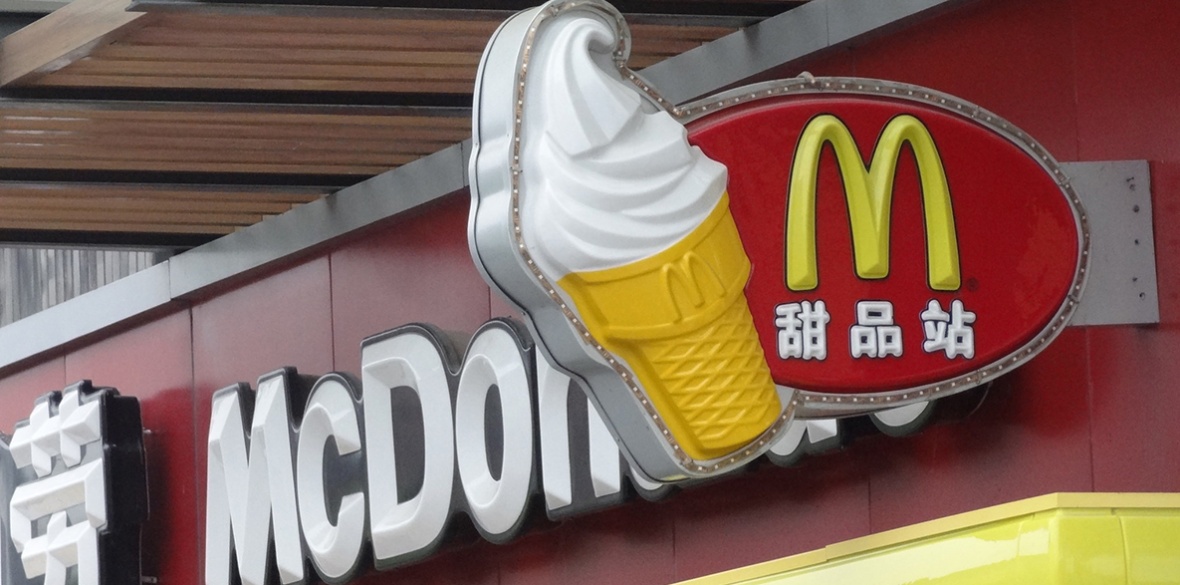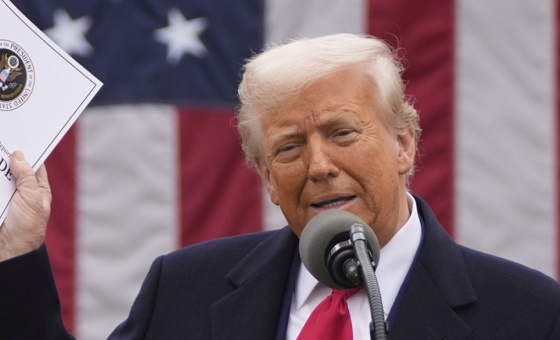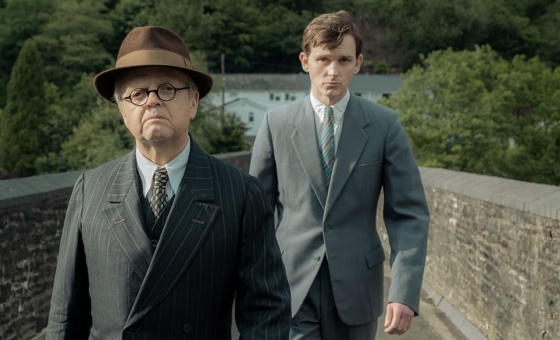This is the last article you can read this month
You can read more article this month
You can read more articles this month
Sorry your limit is up for this month
Reset on:
Please help support the Morning Star by subscribing here
ON THE face of it, “market socialism” may seem a contradiction in terms.
Capitalism is sometimes characterised as a “market” economy in which supply and demand regulate prices so that production and consumption remain in balance.
The reality of course is that it is a dysfunctional system, hugely exploitative of people and our planet and today dominated by multinational companies and financial institutions. It’s anything but a “free market.”
Socialism by contrast involves the common ownership of the means of production, distribution and exchange, managed for the many rather than for the few, and holding the prospect of an eventual transition to a genuinely classless society based on the principle of “from each according to their ability, to each according to their needs.”
But how might a socialist economy be organised? Marxism provides a trenchant analysis of capitalism and the need for an alternative but neither Marx, Engels nor later Marxists attempted to provide a blueprint for a post-capitalist society.
Look up “socialism” in any right-wing text and you’ll find terms like a “command economy” in which “the government controls the means of production and the distribution of wealth, dictating the prices of goods and services and the wages workers receive.”
In crude terms that description roughly corresponds to the key economic features of the Soviet Union between the end of the second world war to the early 1980s prior to its disintegration and collapse in 1991.
The issue of how to ensure the production of goods to meet human needs is a central one for any socialist society.
A market in its basic form is simply the place where goods are bought and sold. In that sense even the Soviet economic system had a market but it arguably became a dysfunctional one because the state determined what was to be bought and sold and at what prices: it was an over-regulated market.
This paper’s former Moscow correspondent in a recent interview with its editor identifies the Soviet Union’s “bureaucratic-command system” and difficulty of planning production for social need as one of the reasons for its collapse.
Similar problems existed in Cuba, becoming more evident after the Soviet Union’s end.
Workplace weaknesses included bureaucracy, overstaffing and absenteeism, lack of quality control to fulfil production targets and unnecessary reordering of supplies to maintain allocations and ensure supply in the next budget cycle.
A recent article in this paper quoted Cuba’s President Miguel Diaz-Canel’s declaration that despite significant reforms, the country is still in a “war economy.”
But well before collapse of the Soviet Union some socialist states had versions of what could be called “market socialism” in which different forms of social ownership responsive to market forces ensured that production and consumption were in balance and social needs were met.
One example is the former socialist Yugoslavia. Larger enterprises in manufacturing, pharmaceuticals, cement works, plastics, though established by the state (federal to local) were socially owned and managed by workers’ councils.
Family smallholdings (selling produce in local markets) were part of co-operatives (zadruga) and small-scale private enterprises — from coffee bars to construction contractors — were everywhere. All functioned within a market system with prices determining demand and vice-versa.
All were subject to regulation; for example private enterprises employing labour were limited to a maximum number of workers and private ownership of land was limited by area.
Another example is the German Democratic Republic in its early years. Even though the state dominated, there were co-operative enterprises, particularly in agriculture, alongside state farms; there were also individual private enterprises (particularly in the artisanal sector), shops and small factories.
In this context it is important to distinguish between “a market” as a means of distribution and exchange, providing feedback to producers on the demand for their products, and the so-called “free market” in labour in which workers sell their capacity to work to an employer — the owner of the means of production — who uses that capacity to produce surplus value, realised as profit, some of which is accumulated as new capital to make more profit.
The latter is a universal and distinctive feature of capitalism, elements of which exist today in both China (introduced after unsuccessful and destructive experiments in economic planning) and Vietnam, though in both under strict regulation.
Both have a significant private sector with inequalities of wealth and income. Both have markets regulated by the state which declares its intention of advancing towards “full socialism” and eventually to a classless society.
Both have so far endured for a longer period than did the Soviet Union, although arguably neither would have survived had it not been for the military and economic might of the Soviet Union during the decades immediately following the second world war.
Market mechanisms are variable in place and time; there is no single model. All engage with the challenge of organising production to meet human need without the exploitation of human labour and the destruction of nature.
One model is a socialism in which the essential industries are indeed taken into common ownership but with numerous small enterprises remaining in private or co-operative hands.
In this, market socialism is very different from the concept of a “mixed economy,” a term popular in Britain following nationalisation of public utilities (energy, water, telecommunications), industrial sectors (mining, iron and steel) transport (rail, canals, civil aviation) alongside a new “welfare state” (in particular health care and education, themselves a mixture of “public” and “private” provision) in the decades immediately after the second world war.
Notwithstanding its benefits for the population, far from ending exploitation, that mixture allowed it to continue. Today, following the social devastation caused by privatisation from Thatcher onwards, the term is hardly used.
Debates over what forms of socialist economic organisation are best go back to the decades either side of the 1917 October Revolution. A form of market socialism was implemented in the Soviet Union under Lenin’s New Economic Policy between 1922 and the introduction of five-year economic planning in 1928.
The reasons for Soviet economic decline from the 1970s — after half a century of extraordinary success despite the devastating consequences of the second world war, its economic isolation and the inevitable distortion of investment and innovation due to the Cold War — continue to be a matter of analysis and debate.
Some attribute that decline to central planning per se. Others argue that the early strength of the Soviet system became its great weakness as the economy faltered due to bureaucracy and a lack of popular engagement.
They intersect with other issues including how a socialist society can best engage in economic planning (or “socialist regulation”) of production against known costs and benefits particularly in the absence of a law of value expressed in monetary terms as embodied labour (sometimes known as the “socialist calculation debate”).
These are reflected today in the advocacy of participatory planning via “negotiated co-ordination” and in the encouragement of communes and communal endeavours in countries such as Venezuela.
They are reflected also in assessments of the degree to which advances in information technology and especially artificial intelligence (AI, the focus of a forthcoming Q&A) within a socialist society could make this possible — realising the vision of an early experiment in Chile under the socialist Allende government, cut short in 1973 by General Pinochet’s fascist coup.
In the meantime, it seems likely that some forms of “market” under socialism will be required to ensure that needs are met.
David Lane, for example, in a new book to be launched at the Marx Memorial Library and Workers’ School, concludes that as a “minimalist answer to the problem of the transition to socialism,” “regulated market socialism will be better than anything else that has been tried.”
It is likely that a variety of models will characterise socialism in different countries as they free themselves from the domination of multinational capital.
In the meantime the struggle to change the existing exploitative, dysfunctional system which dominates our planet and its peoples is the most important challenge facing all socialists.
On Thursday February 8 the Marx Memorial Library is hosting the book launch of Professor David Lane’s Global Neo-liberal Capitalism and the Alternatives: from social democracy to state capitalisms – see www.marx-memorial-library.org.uk/event/448 . The final chapter of the book Regulated Market Socialism can be downloaded free from Bristol University Press on https://bristoluniversitypressdigital.com/display/book/9781529220933/ch0.... And there are still a few places left on MML’s eight-week online course Capitalism, Crisis & Imperialism starting tomorrow (January 30) – details on www.marx-memorial-library.org.uk.











